Ford 2.0 Duratec engine - experiences, problems
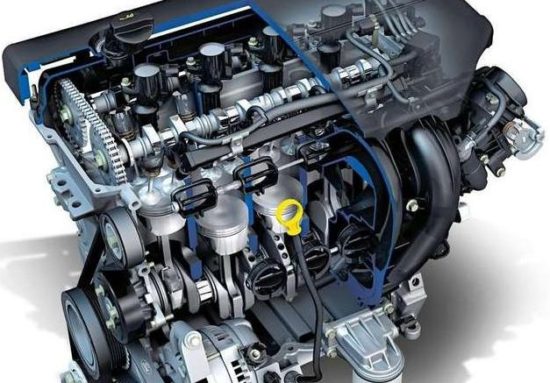
Ford 2.0 Duratec engine
First of all, the whole thing is in the economy. Ford has been forced to cut production costs. A very successful construction also contributed to that. All the weaknesses of 2.0 Duratec can be counted on the fingers of one hand. The reliability of the engine was confirmed by the 2-liter Mazda engine, which is based on Duratec and has been used successfully in the Mazda 6 and MX-5.
In technical terms, the 2,0-liter Duratec has nothing complex. This is true even for "special" engine modifications for the Fiesta ST.
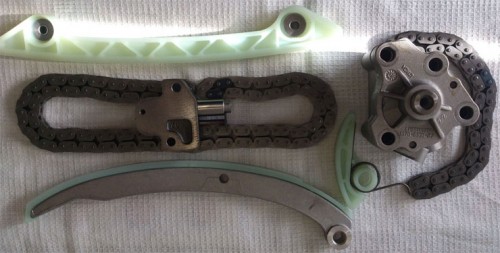
Typical failures - 2.0 Duratec engine
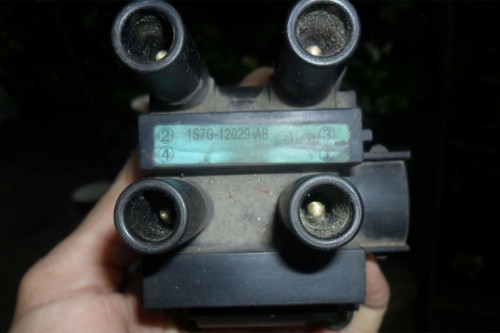
The only common flaw of the 2.0 Duratec engine - coil failure.
symptoms : motor malfunctioning, twitching, starting problems, error messages.
This device uses a single coil, which supports the operation of all four cylinders.
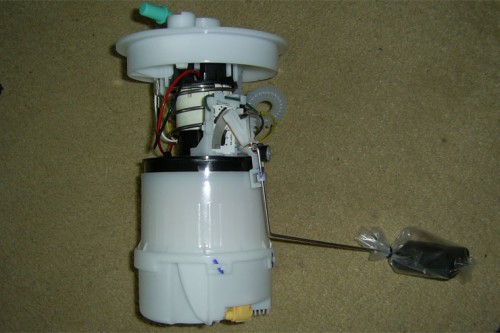 symptoms - the engine does not start, the engine shuts off while driving.
symptoms - the engine does not start, the engine shuts off while driving.This only affected the problem Ford Mondeo III , because other models use a different pump design. The fix is to replace the blown contacts or install a new pump.
The engine debuted in 2000, in the Ford Mondeo 3 and was available for the entire period of production of the model. The 145-horsepower Ford Mondeo III reaches a top speed of 215 km / h and accelerates to 100 km / h in 9,8 seconds.
In 2004, the 150 hp engine came under the hood Ford Focus ST. "Hot Hatch" developed a speed of 208 km / h accelerates to 100 km / h in 8,4 seconds.
Since 2006, the 2-liter (145hp) has been used in Volvo cars until 2012. In the same year, the engine runs the Galaki family of minivans and the S-MAX. In this case, there is no talk of good dynamics as the vehicles are very heavy.
Recommendation of similar texts:

Hi there, I am Mladen and I am an auto enthusiast. I started this blog years ago to help like minded people share information about latest cars, car servicing ideas, used car info, exotic cars, and auto technology. You will find helpful articles and videos on a wide variety of cars - Audi, Mercedes, Toyota, Porsche, Volvo, BMW and much more. Ping us if you have anything cool to share on latest cars or on how to make older cars more efficient, or just want to say hi!



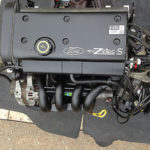
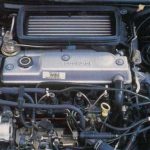
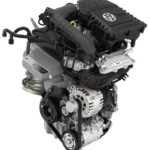
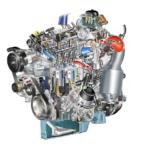
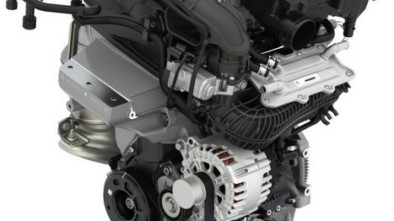
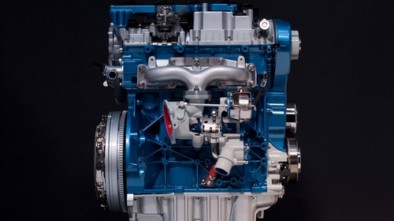
Hello, as a general car lover, I am glad to see that there are sites like this in our speaking area. Speaking specifically of the 2.0 Duratec engine, I hope I can get an answer from you to the following. Namely, I have owned the Focus Mk2,5 ('09) with this engine for a little over a year. The car was imported from CH and I am the first owner here. What is characteristic is that my car allegedly has a factory-installed gas appliance (or was installed in an authorized service center while the car was new). Several details speak in favor of the "factory" installation, including the official Ford service book of the gas system. It lists system services, general instructions and tips as well as the differences between petrol and gas operation (different max power, speed, acceleration, etc.). I am interested in whether you are familiar with this engine design and whether it has any differences compared to the classic petrol variant, especially with reference to the mentioned soft valve seats ?? The car currently has over 200k km on the watch and shows no significant shortcomings.
Factory-fitted gas vents have reinforced valve seats
Bombs?
I mean stvaaaarnooooo